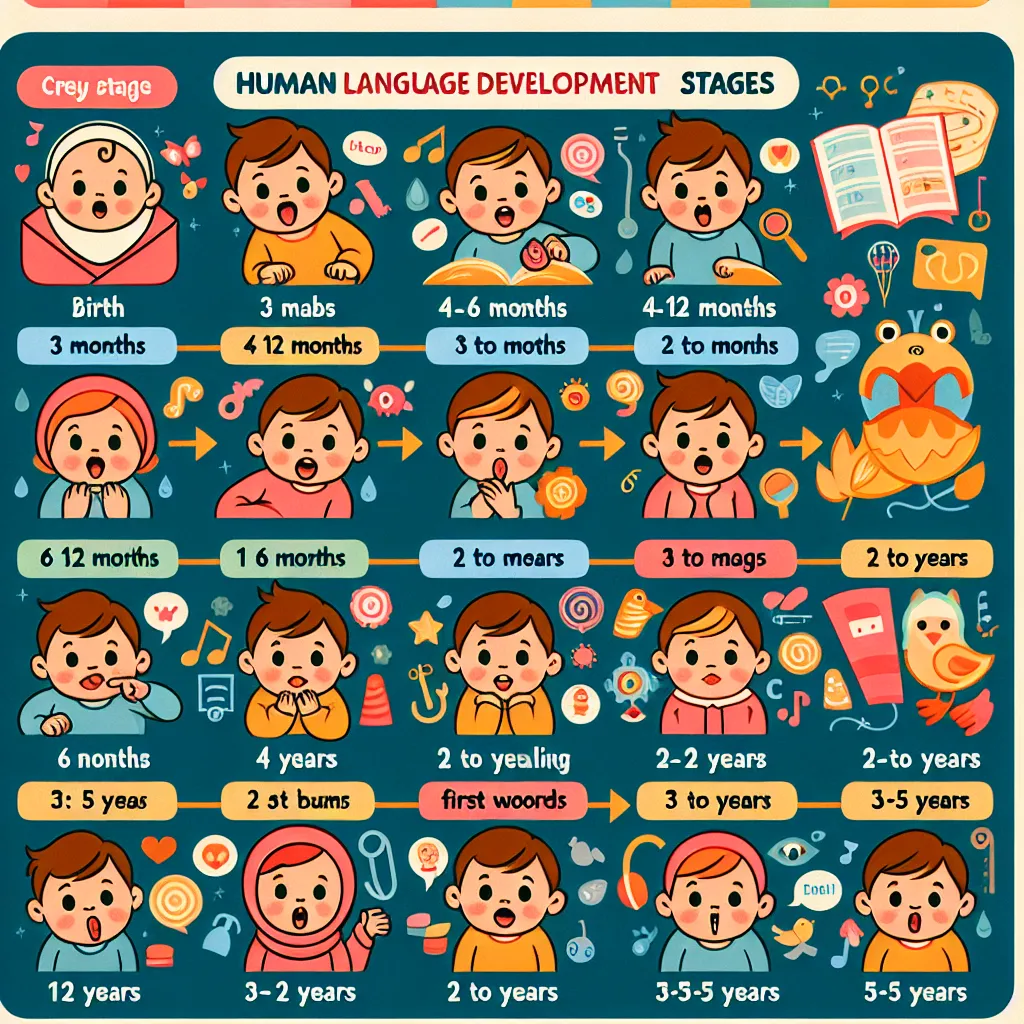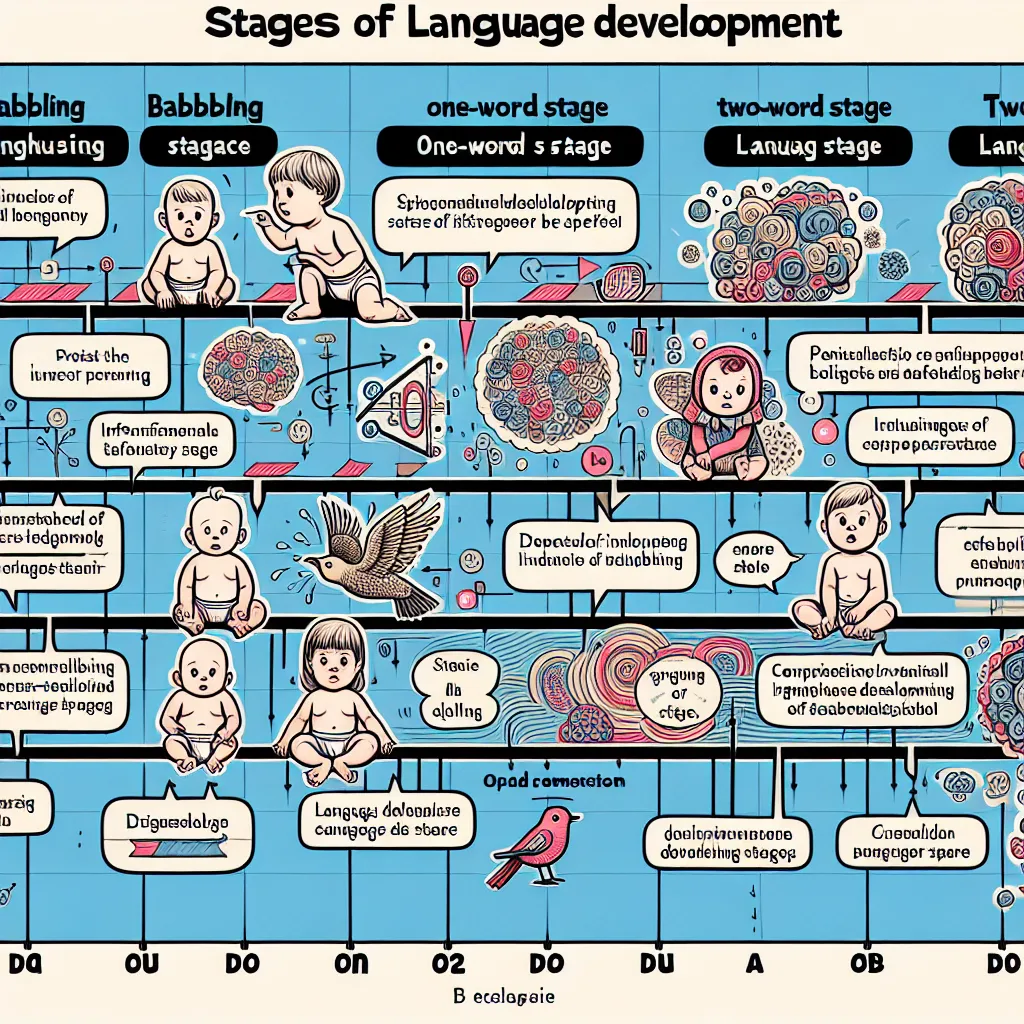Ask AI on The Internet
Question: Describe the typical milestones and progressions observed in language development during this period. (4)
During early childhood, language development is rapid and progresses through several key milestones. Here are four typical milestones often observed: 1. **Babbling to Words (6-12 months)**: - Around 6 months, babies begin to babble, producing repetitive consonant-vowel combinations such as "ba-ba" or "da-da." - By 9-12 months, they often start to form their first clear words, often simple and functional, like "mama" or "dada." 2. **First Words to Simple Sentences (12-24 months)**: - Children typically speak their first meaningful words between 12 and 18 months. - By the age of 18-24 months, they begin to combine two words to form simple sentences, such as "more milk" or "big truck." 3. **Vocabulary Explosion and Increasing Complexity (24-36 months)**: - Between the ages of 2 and 3 years, children experience a rapid increase in vocabulary, often referred to as a "word spurt" or "vocabulary explosion." - They start to use more complex sentences and understand basic grammar. For example, they might say "I want more juice" or "The dog is running." 4. **Developing Grammar and Narrative Skills (36-48 months)**: - By age 3 to 4 years, children begin to use more complex grammar structures, including plurals, pronouns, and prepositions. - They start to tell simple stories and can describe events or experiences with more detail. Their sentences become longer and more varied. Each child develops at their own pace, and there can be variability in the timing of these milestones. Nonetheless, these stages provide a general framework for understanding typical language development during the early years.
Think your answer is better than the AI's? Post it below.
Other Most Relevant Posts:
 Ask AI: Describe the typical milestones and progressions observed in language
development during this period.
(4)
Ask AI: Describe the typical milestones and progressions observed in language
development during this period.
(4)
 Ask AI: List then define the pre-linguistic and the adult-like language stages in
language development.
Ask AI: List then define the pre-linguistic and the adult-like language stages in
language development.
 Ask AI: List then define the pre-linguistic and the adult-like language stages in
language development. (4)
Ask AI: List then define the pre-linguistic and the adult-like language stages in
language development. (4)
Question Tags
If you want your question answered by an AI, click here.




Post your own comment: